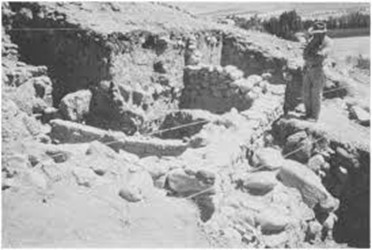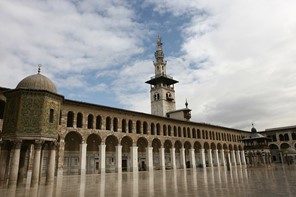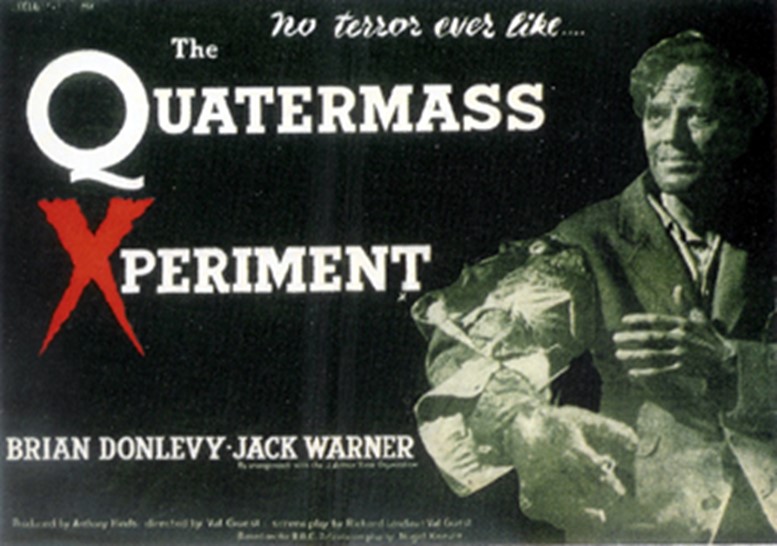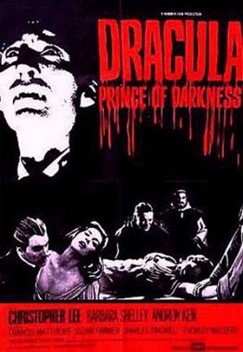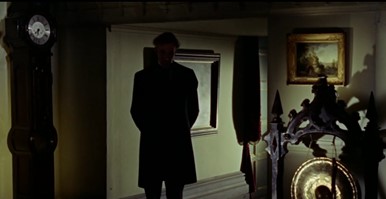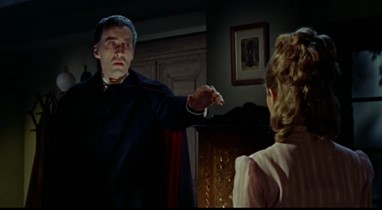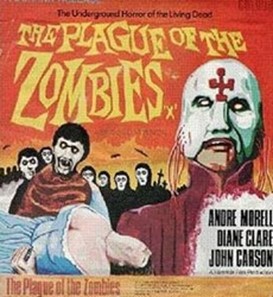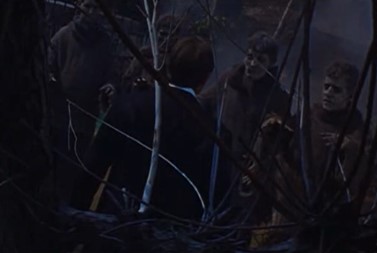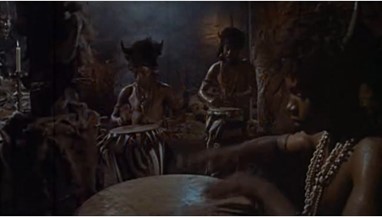
by Fiona Moore
It’s exam time here at Royal Holloway College, and there’s nothing better than a bad movie to burn off the stress whether you’re studying or marking. As a break from examining sociology papers, I’ve taken in a double bill of new American movies to check out the state of the low-budget horror world in, well, the States.
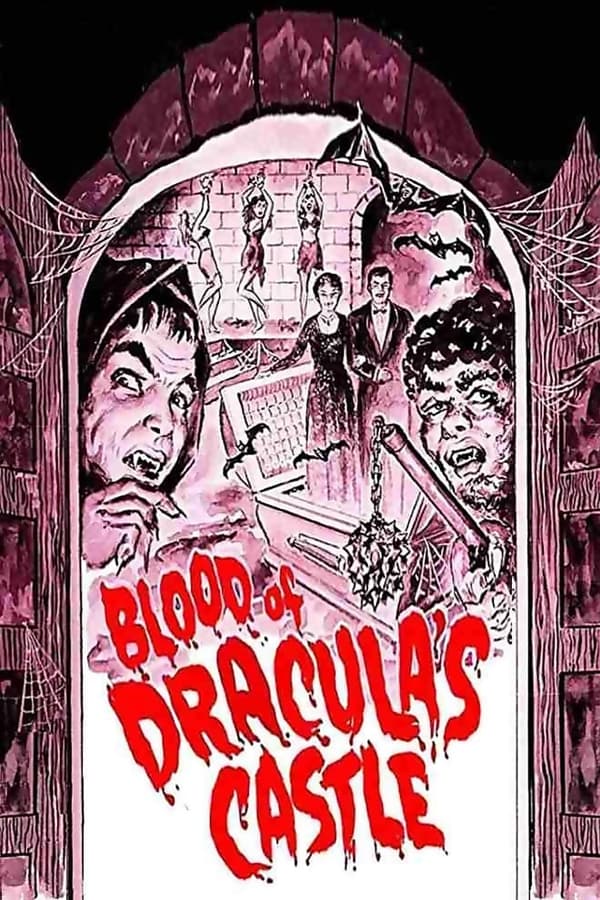
Poster for Blood of Dracula's Castle
A young couple (Gene O’Shane and Barbara Bishop) inherit a castle somewhere in Arizona (yes, really). Upon arrival, they find out that the tenants are Dracula (Alexander D’Arcy), his wife (Paula Raymond), his pagan priest butler (John Carradine and probably the best thing in the movie), a shambling moronic manservant named, for some reason, Mango (Ray Young), and a werewolf (Robert Dix). At this point the viewer should be wondering if this is, in fact, a spoof along the lines of The Addams Family or Carry on Screaming, but no, apparently it’s being done straight. It continues on in the same grab-bag-of-horror-cliches vein (pun intended), echoing the Mad Libs feel of the title, up to an ending which I think is a cargo-cult version of the climax of Witchfinder General.

The Draculas: they're just regular folks.
Which is a pity, because I think there could be genuine satirical potential in a modern-day Dracula. He and his wife are living an affluent and luxurious Southwestern socialite lifestyle; rather than biting their victims to death, they have a cellar full of young women whose blood they periodically extract and drink from wine-glasses. It’s not too far a stretch to view this as a metaphor for the movie world, where the old and established prey on the young and naïve, and get away with it thanks to a permissive social environment. Their relationship with the werewolf, Johnny, is also one that could have been more interestingly explored, as they use him to do their dirty work so as to maintain plausible deniability. But this isn’t that movie.
I never like to be totally negative about a film, so I will say that the landscape is beautiful and is shot to its best advantage. The castle scenes were filmed at the real-life Shea’s Castle, a 1920s folly in the California (not Arizona) desert, and I’d like to see more of it. The opening features a groovy theme tune that really ought to make it into the charts.
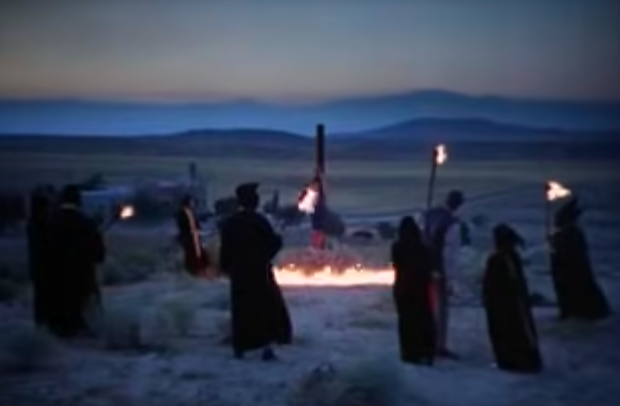
There's also a human sacrifice scene, because you have to have one of those for some reason.
However, the acting is wooden, the script appears to be a first draft, there are a lot of time-wasting filler sequences and inexplicable character actions. For instance, the girls that the Draculas have chained up in the cellar apparently just hang there, not bothering to attempt escape or even conversation. A human sacrifice to the god (sic) Luna takes place right in front of our protagonists and neither of them do anything to stop it or even raise an objection. The horror is surprisingly chaste and bloodless (particularly given the movie’s title) so there isn’t even the benefit of titillation or a good cathartic wallow in gore. The opening section is a long and seemingly pointless advertisement for an aquatic theme park named Marineland.
One star, mostly for the castle.
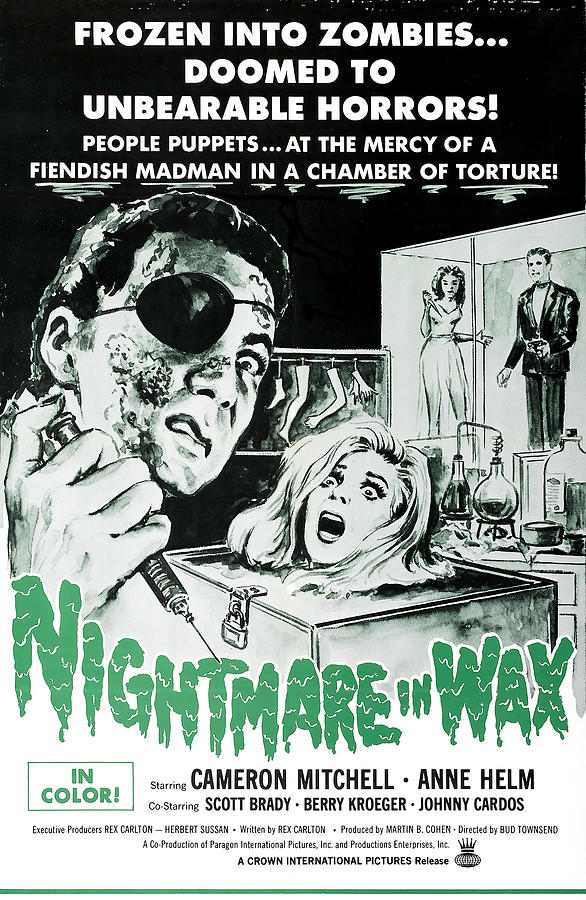
Poster for Nightmare in Wax
Vincent Renard (Cameron Mitchell), a brilliant Hollywood makeup artist and lover of the beautiful actress Marie Morgan (Anne Helm), is disfigured when the studio head Max Block (Berry Kroeger), who has designs on Marie himself, throws a glass of wine at Renard just as the latter lights a cigarette. Some time later, Vincent is working at a Hollywood-themed wax museum; Marie’s boyfriends seem to have a habit of disappearing, and tribute mannequins of them winding up in Vincent’s wax museum. You can see where this is going, particularly as one can assume his revenge plan for Max is a bit more complicated than simple murder, though there’s a twist at the end which could have been better handled.
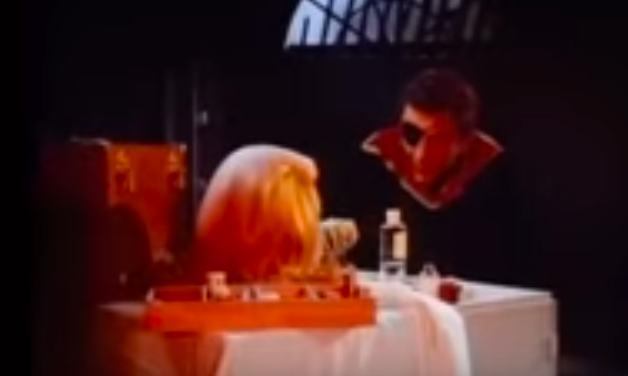
How to get a head in Hollywood.
The performances are at least better than in Blood of Dracula’s Castle, with two weary policemen (Scott Brady and Johnny Cardos) trying their best to investigate the goings-on and Victoria Carroll providing some humour as Theresa, a mercenary blonde trying to get onto Max’s casting couch. There’s some knowing humour about Hollywood and its incestuous, venal culture, and, once again, there’s a groovy psychedelic dance number, albeit in the middle of the movie rather than the start.
We get a little more motivation for the main character than in the previous movie, through the interesting, if not terribly original, idea which comes in towards the end of the story, that Vincent is convinced everyone else is laughing at him and yet we also see that the other characters, in fact, respect his genius as an artist even if they think he’s a bit weird as a person. His turn towards misogyny is also credibly introduced, as his experiences with Hollywood cause him to believe that all women are simply interested in trading sex for career advancement.

I hope I wasn't the only one who shouted "Frying tonight!" at the sight of the boiling vat of wax.
Again, though, it’s all a bit tedious and bloodless, and the cliché of the bitter, scarred artist has been done, well, to death. This is another movie where the script could definitely have done with another draft: plot threads are left hanging, and the motivations of secondary characters left unexplained. The idea that Vincent is deeply insecure really ought to have been brought into the story earlier than it is. A movie director who is something of a Hitchcock figure, but young and handsome, is introduced with great fanfare, leading one to assume that he will be Marie’s new love interest and the one who saves her from Vincent’s twisted affections, but then he vanishes from the story with no explanation.
Two stars.
One conclusion I’m drawing from this slate of films is that the traditional horror genre is, for the moment at least, played out. Vampires, werewolves, twisted scarred genisues and imperiled ingenues don’t have much to offer these days. The future, on both sides of the Atlantic, is clearly with the folk horror movement.

![[May 24, 1969] Cinemascope: The [NOUN] of [PROPER NAME]’s [NOUN]: Blood of Dracula's Castle and Nightmare in Wax](https://galacticjourney.org/wp-content/uploads/2024/05/690524posters-672x372.jpg)


![[July 4, 1966] The Daughters of Jane Eyre (Gothic Romances and a New Soap Opera)](https://galacticjourney.org/wp-content/uploads/2021/06/unnamed.jpg)

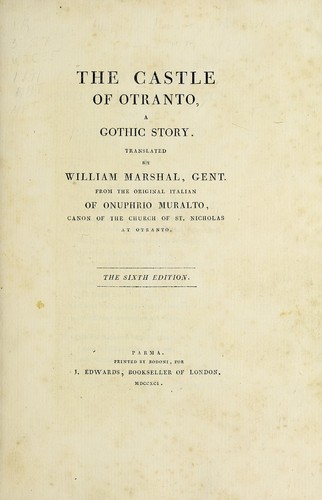

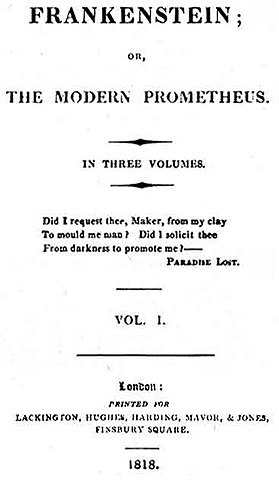

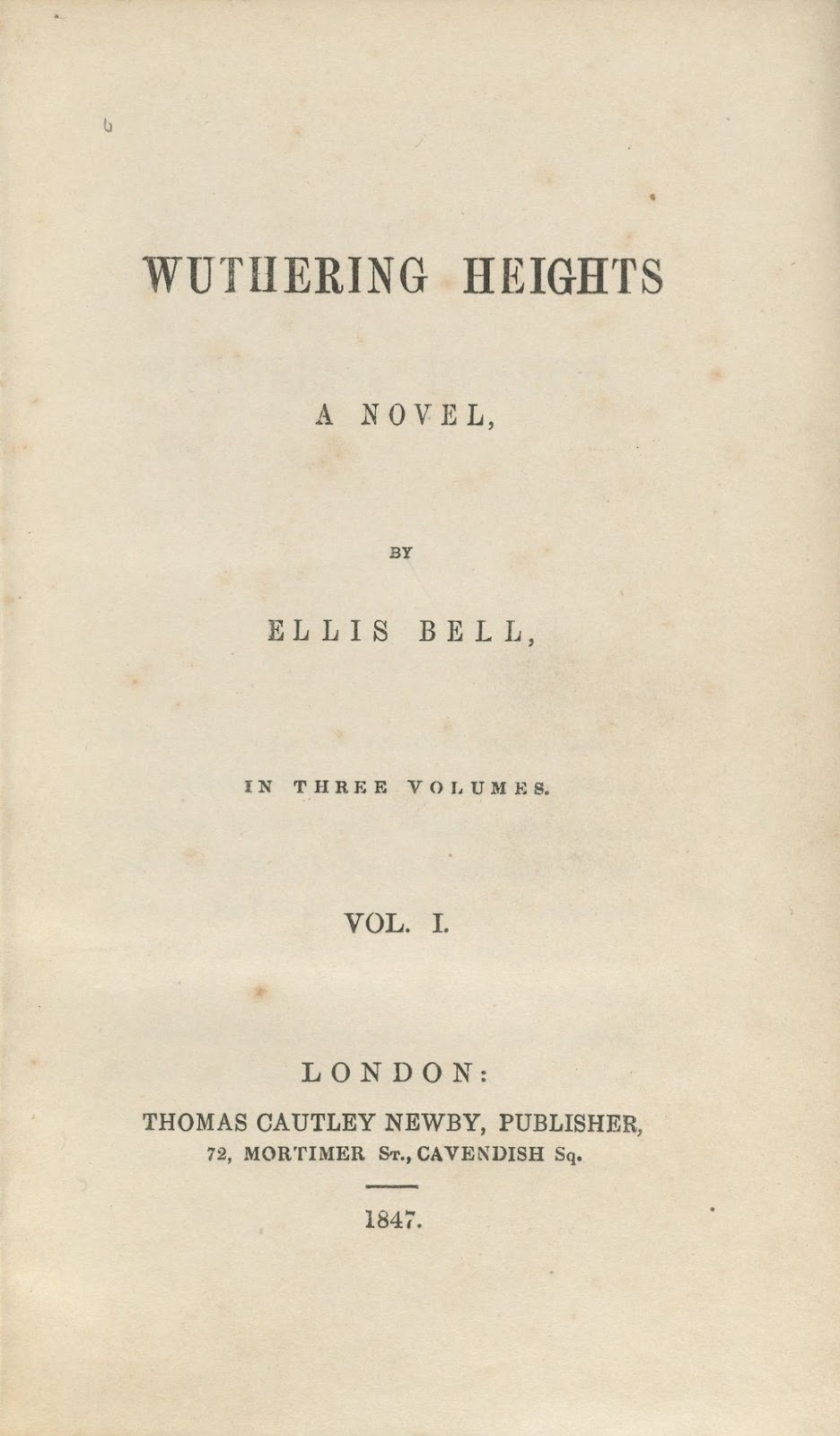
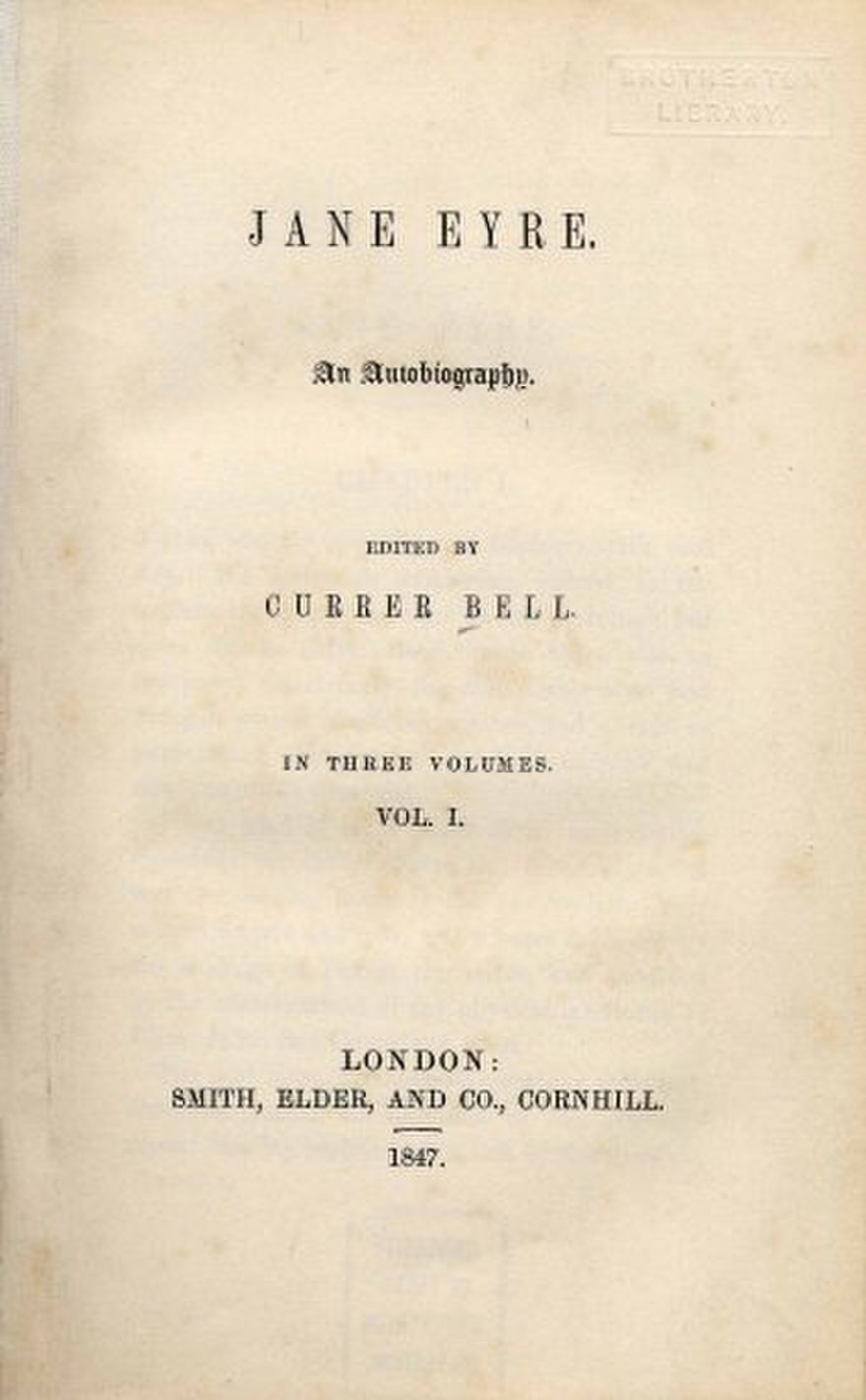
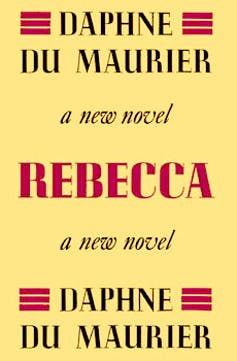
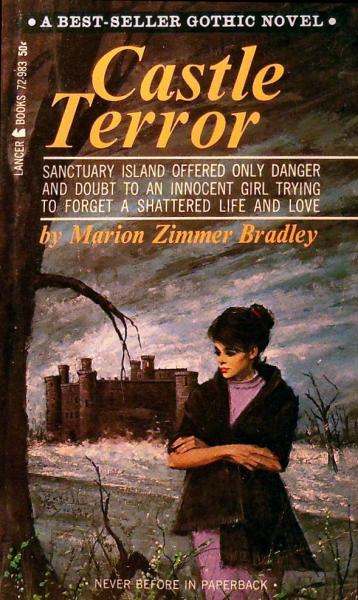



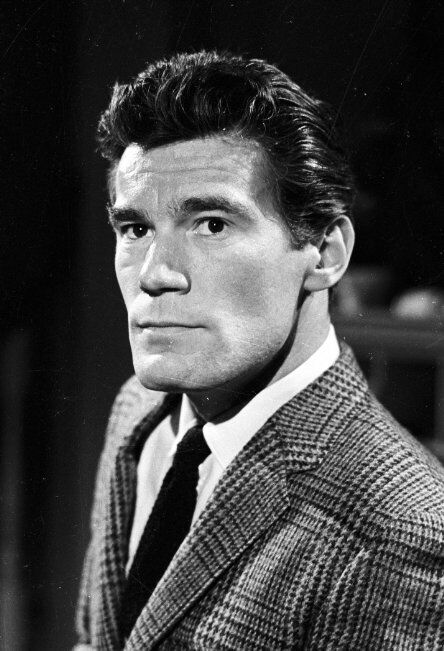
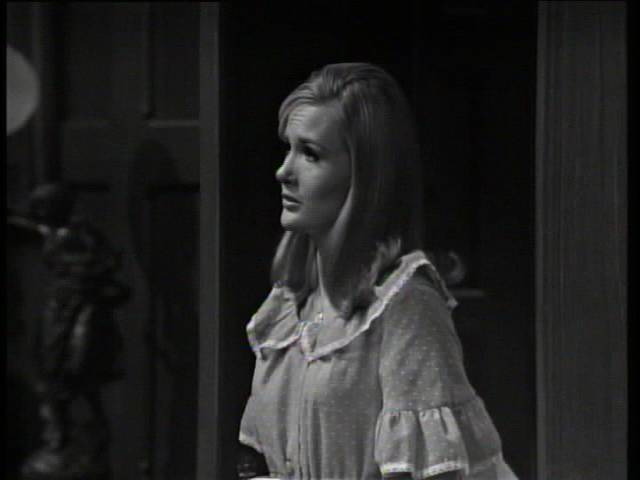
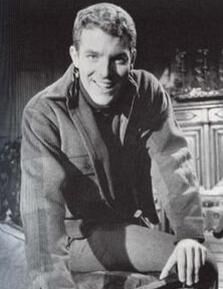
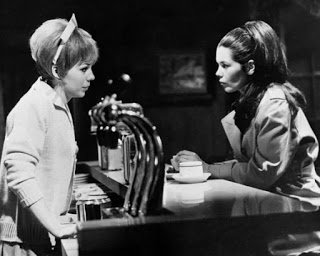
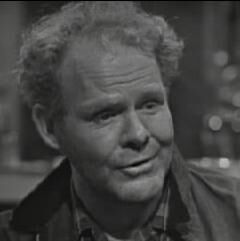

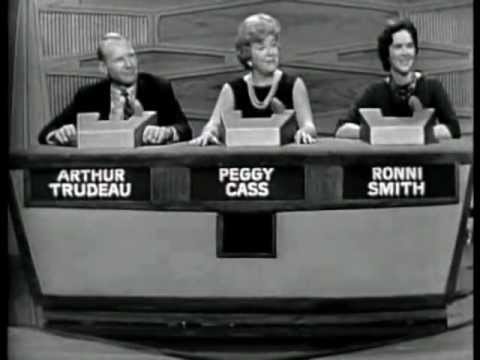
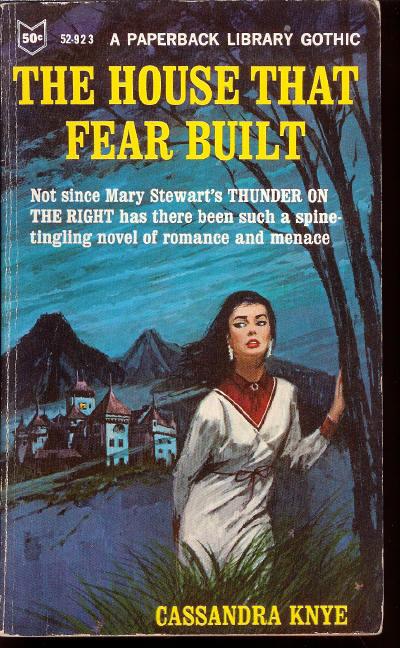

![[January 14, 1966] An Excellent Set of Hammers (<i>Dracula Prince of Darkness & Plague of the Zombies</i>)](https://galacticjourney.org/wp-content/uploads/2021/01/Hammer-Titles.jpg)

